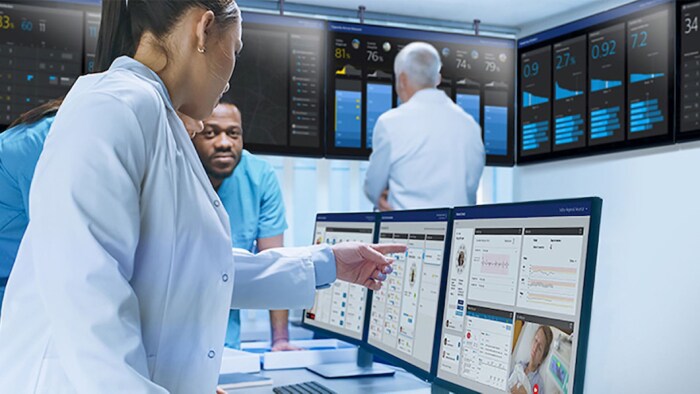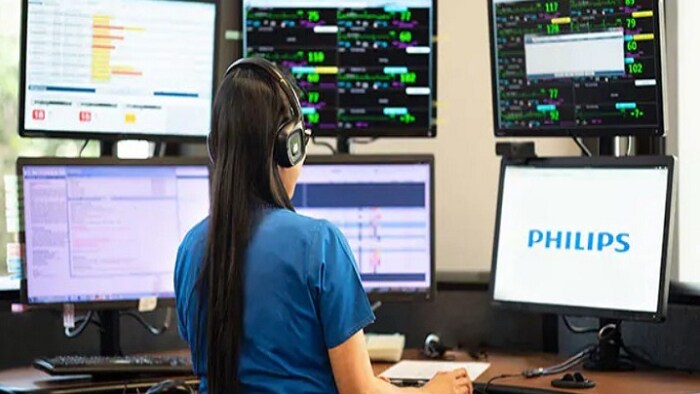Malaysia: Reducing workloads and improving outcomes


Mar 08, 2019 - reading time 5 mins
By Dr Tan Hui Ling Managing Director, Bagan Specialist Centre Dr Tan Hui Ling is a graduate from the University of Melbourne, Australia. She was awarded membership to the Royal College of Physicians in the United Kingdom in 2009. In the same year, she was awarded a Masters of Medicine from the National University of Singapore and subsequently a Masters in Public Health in 2013.

Bagan Specialist Centre’s Managing Director Dr Tan Hui Ling shares how technologies, such as automated warning systems, are speeding up the detection of patient health deterioration, saving lives and enabling healthcare staff to do more with less amidst growing workloads.

Healthcare professionals (HCPs) in Malaysia are facing increasing workload problems as the population grows[1] with increasingly complex health conditions. While the government has taken steps to boost recruitment and productivity in the sector, technology is emerging as an important tool for the healthcare industry to work smarter and for better outcomes. This notion is starting to take root globally – Philips’ latest Future Health Index (FHI)[2] found that 65% of HCPs across the 16 countries surveyed have used connected care technologies such as remote patient monitoring and telehealth in their practice in some form, and this is expected to grow in coming years. From personal experience I see technology not only crucial for managing workload, but also as a means to significantly improve patient outcomes. At Bagan Specialist Centre we’ve recently started to use technology to speed up the detection of patient deterioration through earlier identification of deteriorating vital signs, which can escalate to become critical or life threatening – which we call ‘Code Blue’ – if not addressed quickly. Thanks to Philips’ automated warning system, we’ve been able to replace a manual process with automated – and therefore continuous – monitoring of our patients’ vital signs. As soon as any changes beyond acceptable levels are detected, our nurses will be alerted immediately.
Since the implementation, we’ve seen three key benefits. The first is improved patient outcomes – Code Blue incidences and unexpected deaths have reduced by more than 50%, thanks to earlier detection and intervention. A second benefit is increased compliance. Because connected care technology can simultaneously monitor and automate the steps required to manually check a patient’s vital signs, human errors are reduced. Finally, by automating the monitoring process, we have been able to free up the time of our nurses to be re-allocated to other high-value tasks where they can make the most difference. Going digital also allows our healthcare workers to be less desk-bound with the use of an app that sends critical alerts directly to the mobile phone. Over time we believe the collection of data through the automated monitoring process has the potential to help hospitals better predict and respond to demand. This insight is invaluable; with it, hospital management can better prepare and allocate resources around peak points. With patient numbers only expected to increase in coming years, technology – rather than headcount – is likely to make the biggest difference to workload and productivity issues as well as quality care issues. Hospital management should innovate and train frontline staff to use technology to streamline their care process to improve patient outcomes and hence patient satisfaction. [1] Case Study on the Role of Services Trade in Global Value Chains: Health and Medical Services in Malaysia, Asia-Pacific Economic Cooperation, February 2017
About Future Health Index
The Future Health Index (FHI) is a research-based platform designed to help determine the readiness of countries to address global health challenges and build sustainable, fit-for-purpose national health systems.
Share this article
Topics
Read more about this topic
-
![Hospitals of the future: time for Singapore to have a re-design?]()
October 22, 2021
-
![Healthcare ramifications for an endemic virus | Philips]()
July 19, 2021




